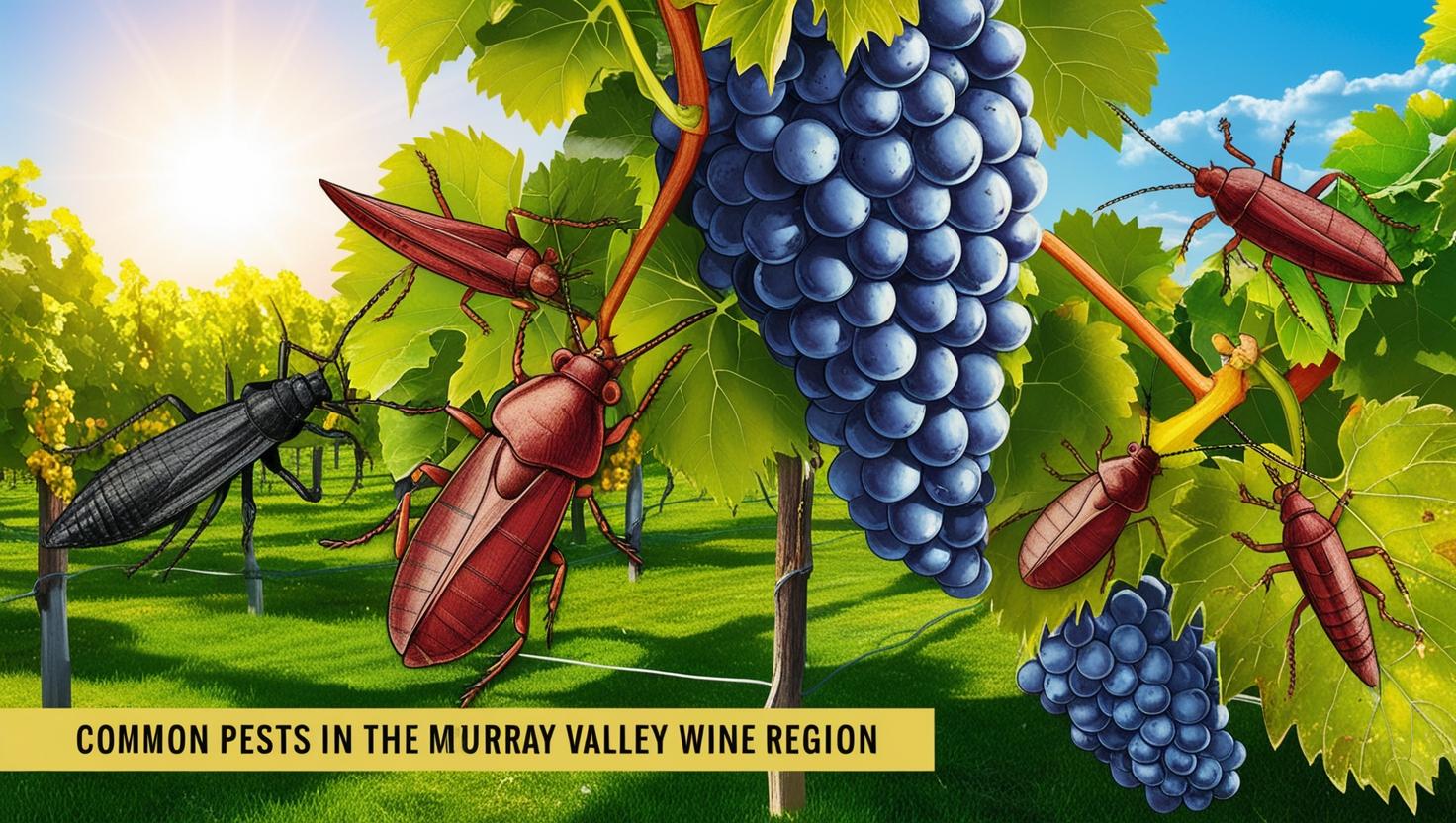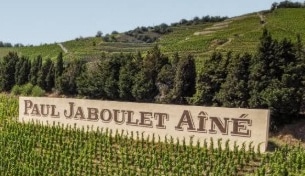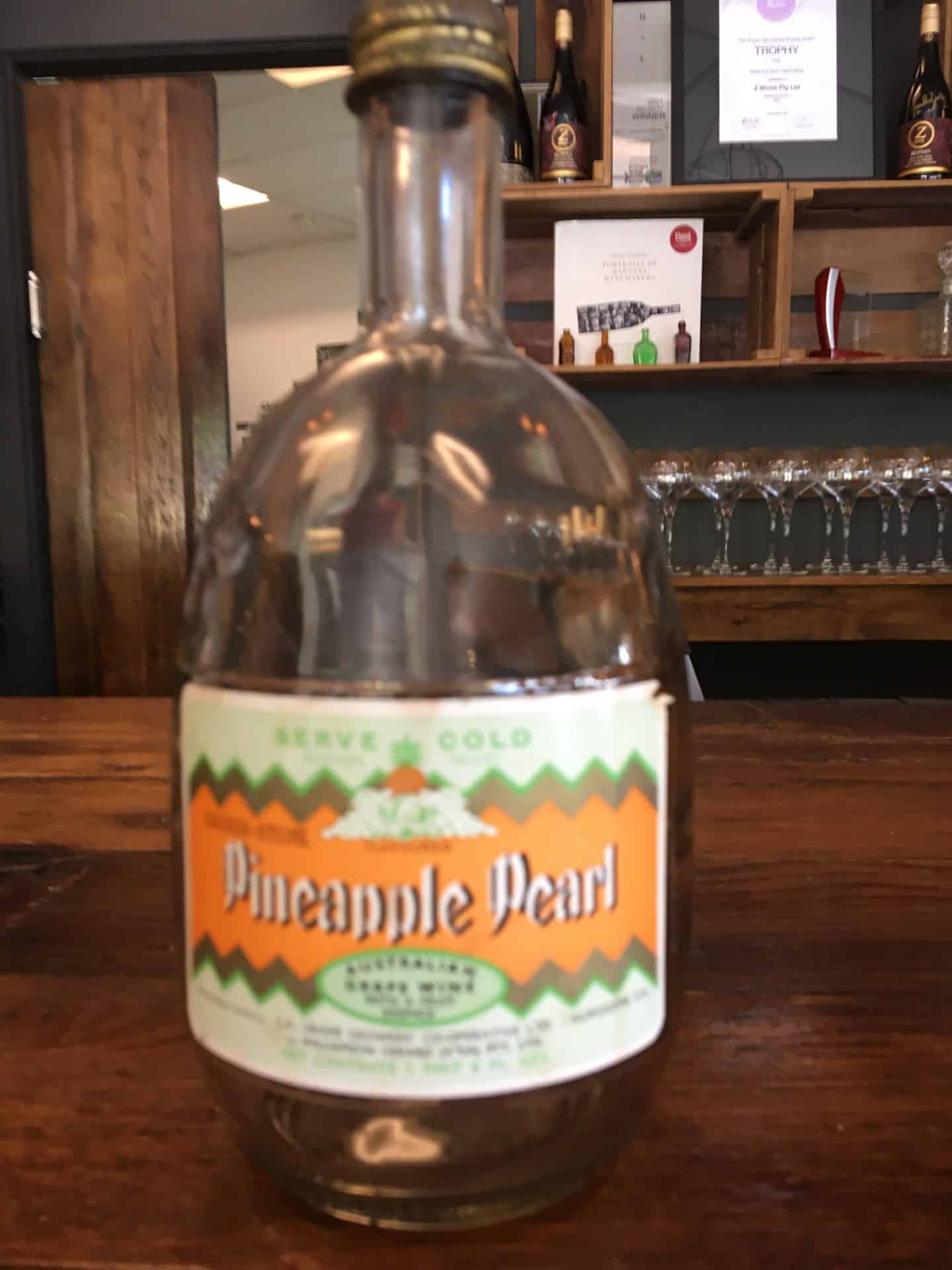Back in my days as an exploration geologist the most valuable tool, the gold standard, was a Brunton compass. With the Brunton and a map you were safe in the wilds. However, to improve my bush craft, I would set a direction, say magnetic North, and attempt to maintain that bearing for many kilometres without the use of the compass or map. I had taught myself to count paces, so I had a fair idea of distances. One time in high, dense, scrub in Quebec, Canada, I arrived back where I began.
Incidentally I have great sympathy for those who have wandered into the bush and find they are lost as the gentle noises of nature, the solitude of the bush, are soon replaced by blind panic. Go and buy a compass.
You can see the wine analogy as a Brunton does not exist to guide drinkers through the maze that is today’s wine business. It was so simple back in the 1960s when the best wine was about double the price of good wine.

Perhaps the nature of things means simple systems always gain complexity. Why else do we need scores, Masters of Wine, the Court of Master Sommeliers, the ever-expanding wine library, and the large number of experts making a living by teaching us that wine is not simple.
A year ago, an email from United Cellars offered Bodega Volcanes de Chile Casablanca Reserva Pinot Noir 2018. The winemaker Pilar Diaz noted; ‘The Chilean volcanic terroir is nothing but dynamic…our vineyards are on mature volcanic – igneous regions, where soils are a result of the weathering processes that have occurred over millions of years… we also have vines on modern volcanic ash deposits emitted directly from volcanoes that we can see today in the magnificent Andes’.
I know this is silly but do you. This detail, this complexity, it pours forth like ash and lava from thousands of wineries in a search for uniqueness and of course higher prices. What this says to customers I am no longer sure except this is not the wine trade of the 1960s.
We learnt in 2020 that Treasury Wines makes 65% of its profit from the brand Penfolds. The ratios get more interesting as the rest of the huge brand portfolio sells 90% of the 35 million cases to make the other 35%. Doing the sums tells me what to buy, ‘the salmon John West rejects’. Why, because the quality difference, if it exists at all, will be minimal while the prices must be far lower.
Consumers of alcohol in the UK, Australia, New Zealand, America and Canada began a move to drink table wine around the 1960s and initially needed few explanations. Wine remains a simple beverage it’s just that experts have arrived to make it complex. When tasting wine, imagine you have a Brunton compass for guidance.
So let’s go back to where we began, the 1960s, as what Glug does is strip out brand power, brings back individuality and is inspired to make out of fashion classics.





